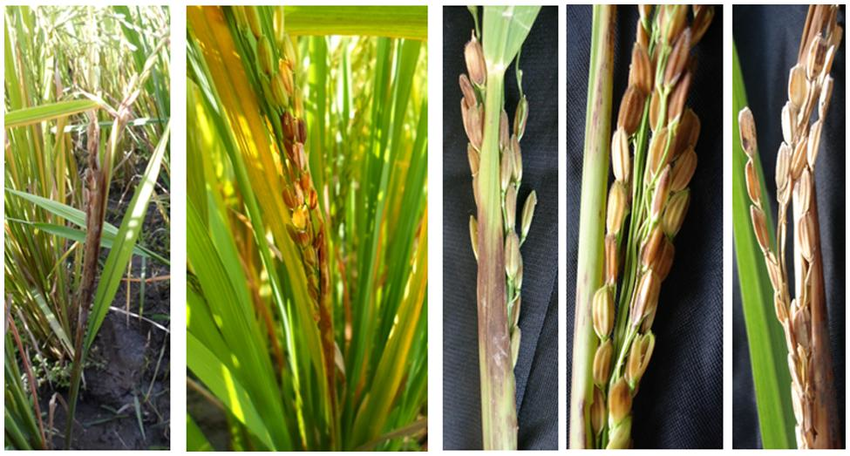
Sheath Rot Disease of Rice: Symptoms, Disease Cycle, Management
| Disease | Host | Pathogen/ Fungus |
|---|---|---|
| Sheath Rot | Rice (Oryza sativa) | Rhizoctonia solani |
Sheath rot disease of rice, also known as sheath rot, is a common fungal disease that affects rice plants. It is caused by the pathogen Rhizoctonia solani. The disease primarily affects the sheath tissue surrounding the rice stem, causing it to turn brown and decay.
Sheath rot can significantly reduce crop yields and quality. The fungus spreads through infected seeds, soil, and plant debris. Favorable conditions for the disease include high humidity, warm temperatures, and excessive nitrogen fertilization.
Effective management strategies include using disease-resistant rice varieties, practicing proper crop rotation, and employing cultural and chemical control measures when necessary.
Sheath Rot of Rice Symptoms:
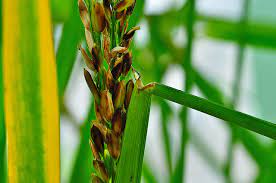
- Discoloration in the flag leaf sheath: The flag leaf sheath shows discoloration, often turning brown or yellow.
- Rotting occurs on the leaf sheath that encloses the young panicles: The leaf sheath surrounding the young panicles begins to decay and blight.
- Irregular spots or lesions: Dark reddish brown margins with a gray center appear as irregular spots or lesions on the sheath.
- Enlarged and coalescing lesions: The lesions on the sheath enlarge and may merge, covering the entire leaf sheath.
- Panicles remaining within the sheath: Severe infection can cause the entire young panicles or parts of them to stay enclosed within the sheath.
- Discoloration and rot of unemerged panicles: Unemerged panicles rot, and the florets within them turn red-brown to dark brown.
- Whitish powdery growth: Affected sheaths and young panicles may display a whitish powdery growth.
- Sterile, shriveled, and discolored panicles and grains: Infected panicles and grains are sterile, shriveled, partially or unfilled, and discolored.
- Disease prominence during heading towards maturity: Sheath rot disease of rice is particularly significant during the heading towards the maturity stages of the rice crop.
These symptoms collectively indicate the presence of sheath rot disease in rice plants.
How to Identify Sheath Rot Disease in Rice:
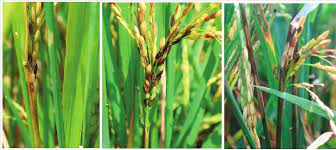
Check for Lesions:
- The sheath rot disease of rice typically starts at the uppermost leaf sheath that encloses the young panicles.
- Lesions appear oblong or irregular in shape, with dark reddish-brown margins and a gray center or brownish-gray coloration throughout.
Look for Spots:
- Multiple spots are commonly observed, which can enlarge, merge, and cover a significant portion of the leaf sheath.
- Panicles may remain within the sheath or partially emerge.
- Affected leaf sheaths may exhibit abundant whitish powdery fungal growth (mycelium) on the outer surface.
- Unemerged panicles can blight, causing the florets to turn red-brown to dark brown.
Identification of Pathogen:
- The sheath rot disease in rice is primarily caused by the pathogen Sarocladium oryzae.
- The fungus produces white mycelium, measuring 1.5-2m in diameter, with sparsely branched and septate characteristics.
- Conidiophores, originating from the mycelium, are slightly thicker than vegetative hyphae and branch once or twice, forming 3-4 branches in a whorl.
- The ultimate branches are phialides, which produce cylindrical to slightly fusiform conidia. These conidia are often curved, hyaline, smooth, single-celled, and measure 4-9 x 1-2.5 m.
- In some cases, the sheath rot fungus may infect the sheath simultaneously with bacterial pathogens, leading to grain discoloration, such as Pseudomonas fuscovaginae.
- The fungus enters the rice plant through stomates and wounds, growing intercellularly in vascular bundles and mesophyll tissues.
- The mycelium of the sheath rot fungus can survive in infected residue and on seeds.
Favorable Conditions:
- Sheath rot disease development is favored by high nitrogen levels, high relative humidity, and dense crop growth.
- The fungus thrives best within the temperature range of 20 to 28°C.
By examining lesions, and spots, and understanding the characteristics of the pathogen, as well as considering the favorable conditions, one can effectively identify the presence of sheath rot disease in rice crops.
Disease Cycle of Sheath Rot Disease of Rice:
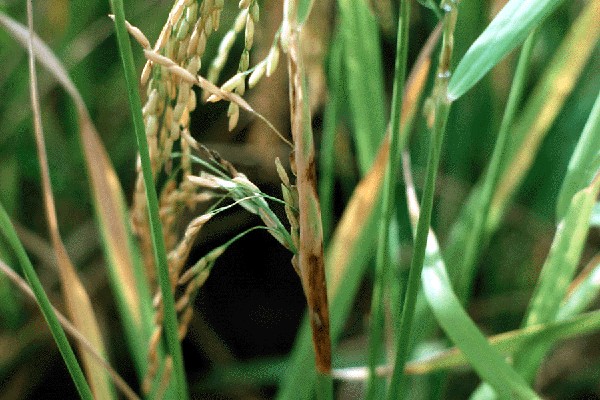
Initial Infection:
- The sheath rot disease cycle begins when the rice plant comes into contact with the pathogen Sarocladium oryzae.
- The fungus can survive in infected plant debris and on seeds, providing a source of inoculum for the next growing season.
Fungal Growth and Penetration:
- Under favorable conditions, such as high nitrogen levels and relative humidity, the fungus starts to grow and produce mycelium.
- The mycelium, which appears as white and sparsely branched, invades the rice plant through stomates and wounds.
Colonization and Spread:
- Once inside the plant, the fungus grows intercellularly, colonizing the vascular bundles and mesophyll tissues of the rice sheath.
- As the fungus spreads, it causes the characteristic lesions with dark reddish brown margins and a gray center on the leaf sheath.
Lesion Enlargement and Spore Production:
- The lesions continue to enlarge, and multiple spots may merge, covering significant portions of the leaf sheath.
- Conidiophores, thicker branches of the mycelium, develop, each having 3-4 branches in a whorl, with ultimate branches being phialides.
- The phialides produce conidia that are cylindrical to slightly fusiform, curved, hyaline, smooth, single-celled, and measure 4-9 x 1-2.5 m.
Dissemination of Spores:
- The conidia are the primary means of spore production and dissemination.
- They are released from the infected plant material and are carried by wind, water, and other means to nearby healthy plants.
Secondary Infections:
- The spores can initiate secondary infections on neighboring rice plants.
- The disease can spread rapidly, especially under conditions conducive to pathogen growth and transmission.
Completion of the Cycle:
- The cycle continues as the disease spreads within the rice crop, and infected plant debris and seeds contribute to the survival and perpetuation of the pathogen.
- The disease cycle completes when the rice crop reaches maturity and the infected plant material serves as the source of inoculum for the next season.
Sheath Rot Disease of Rice Management
Preventing Method:
Izumonas-Best Fungicide
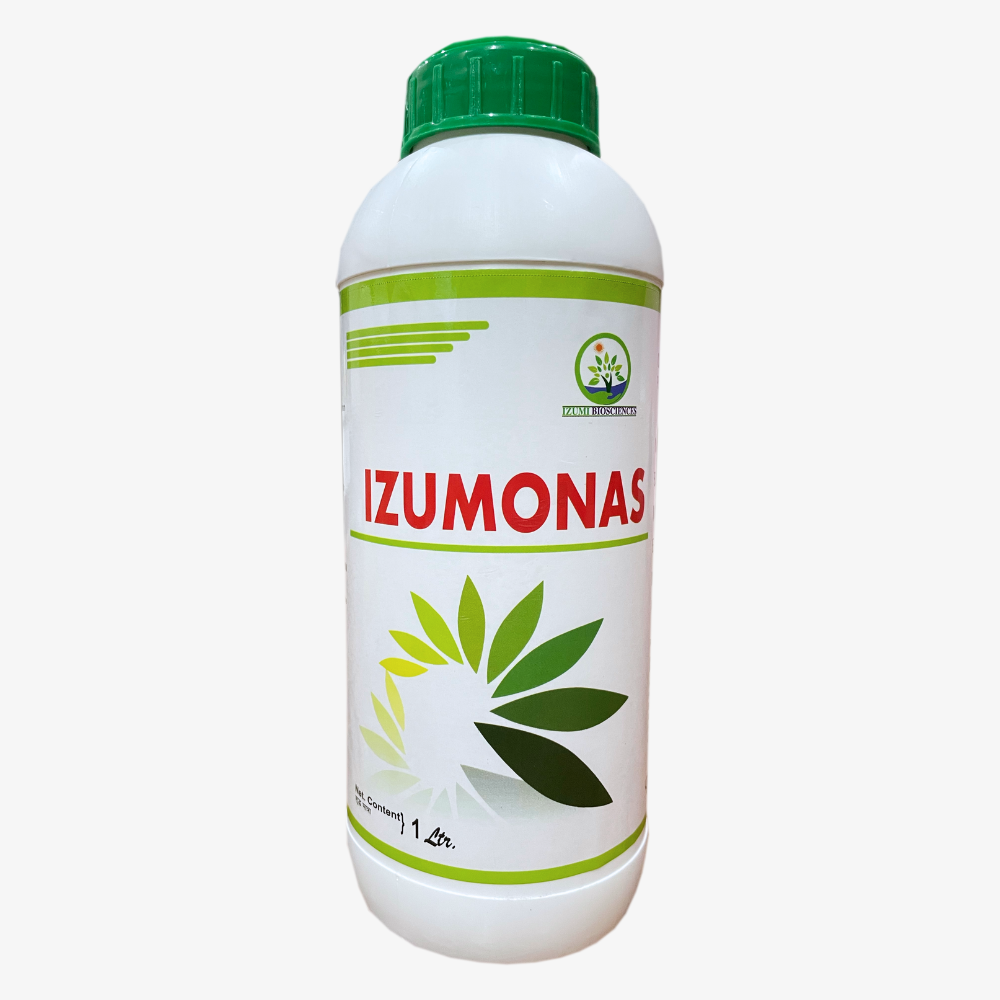
Izumonas (Bio Fungicides and Bactericides)
Contents: Pseudomonas Fluorescens
IZUMONAS is a biological product consisting of plant growth-promoting rhizobacteria (PGPR), which are naturally occurring bacteria found widely in nature. This unique product is designed to enhance plant defence mechanisms and promote healthy growth. IZUMONAS can be used on all types of crops without leaving any residue on the plants.
Izumil-Best Fungicide
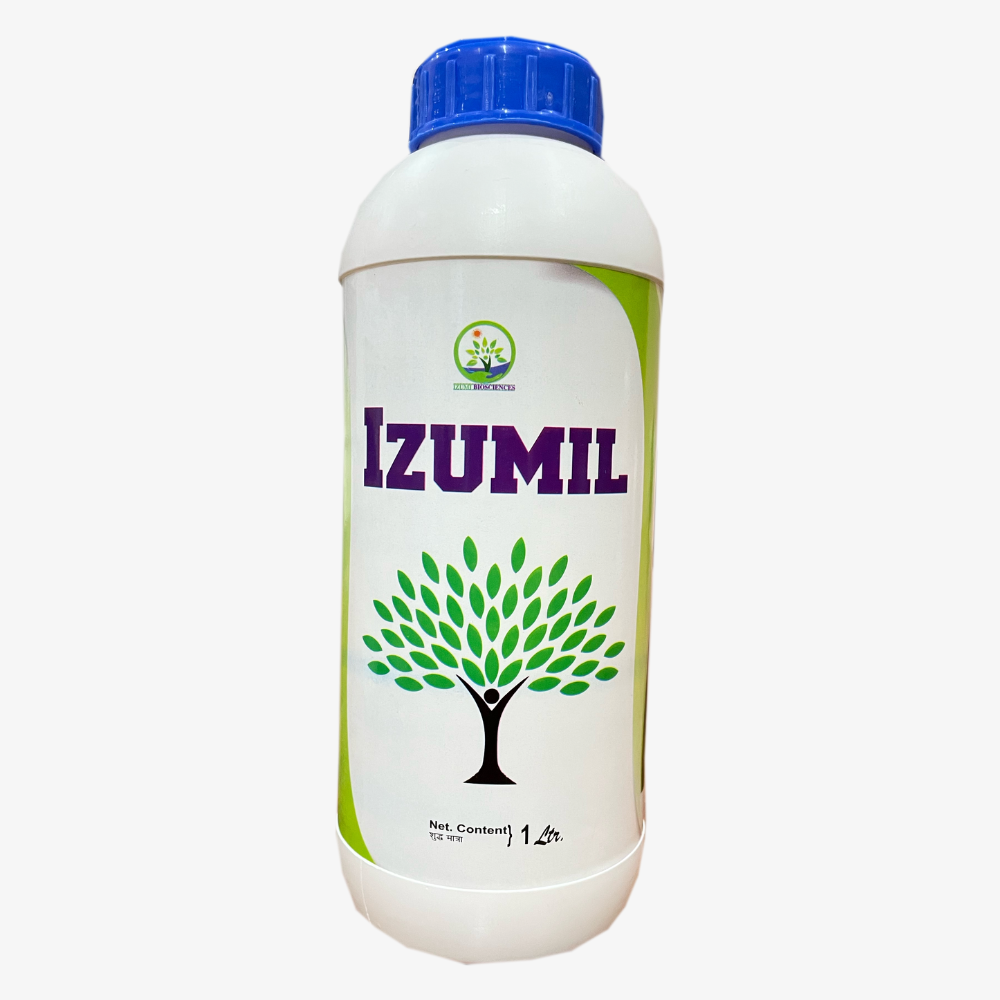
Izumil (Bio Fungicides and Bactericides)
Contents:
- Extract of Streptomyces griseus: 30%
- Extract of Streptomyces violaceus: 40%
- Dissolving agents: 30%
IZUMIL is a remarkable biotech research product that has been developed to activate the natural defence mechanism of plants. By using IZUMIL, plants can better protect themselves against fungal pathogens, improve their physiological functions, and develop resistance against various harmful microorganisms. Similar to IZUMONAS, IZUMIL can be safely used on all crops without leaving any residue.
Modes of Use:
- Seed Treatment: Mix 5-10 ml of IZUMONAS and IZUMIL per kilogram of seeds in an adequate amount of water. Submerge the seeds in this solution and allow them to dry in a shaded area before sowing.
- Seedling Treatment: Combine 100 ml of IZUMONAS and IZUMIL per 20 litres of water. Dip the roots of the seedlings in this solution for approximately 30 minutes prior to transplanting.
- Soil Application: Mix 500 ml of IZUMONAS and IZUMIL with 30 kilograms of farmyard manure (FYM) or soil. Apply this mixture to one acre of land before ploughing or irrigation.
- Foliar Application: Dilute 2-3 ml of IZUMONAS and IZUMIL each in 1 litre of water. Use this solution to spray the entire foliage of the plants, ensuring complete coverage on both sides of the leaves. It is advisable to shake the bottle before use. For best results, spray early in the morning or evening. If a power sprayer is used, double the recommended dosage.
Cultural Methods:
- Removal of Infected Stubbles after Harvest:
- After harvest, it is crucial to remove and destroy any infected crop residues or stubbles.
- This reduces the source of inoculum and helps prevent the carryover of the disease to the next growing season.
- Optimum Plant Spacing:
- Implementing appropriate plant spacing practices can help reduce the incidence and severity of sheath rot disease.
- Optimal spacing allows for better air circulation and sunlight penetration, creating an unfavorable environment for the pathogen’s growth and spread.
- Application of Potash at Tillering Stage:
- Applying potash fertilizer at the tillering stage of rice plants is recommended as a cultural practice to manage sheath rot.
- Potash helps improve plant health and strengthens their natural defense mechanisms, making them more resistant to fungal infections.
- Weed Control and Field Sanitation:
- Effective weed control is crucial in managing sheath rot disease.
- Weeds can serve as hosts for the pathogen and contribute to its spread. Regular weeding practices help reduce the disease’s incidence.
- Additionally, maintaining field sanitation by removing weed hosts and other crop debris minimizes potential sources of infection.
